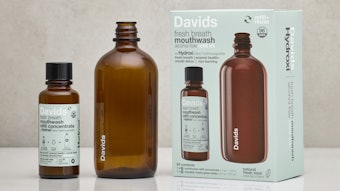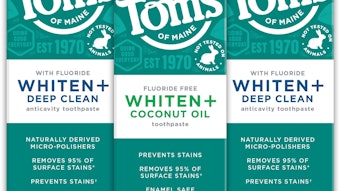In my earlier article on strawberry, I mentioned the long-range effect a talk by Dr. Keene Dimick had on future strawberry flavor formulations. At the time of that talk, the Society of Flavor Chemists was a much smaller body and met at the Sheraton Russell Hotel on Park Avenue in New York City.
At about the same time, another talk had a more immediate impact. It was said that the lights burned through the night at a number of flavor houses after the talk on mint oils by a representative of I.P. Callison, the far west mint oil producer. If I recall correctly, the speaker was Paul Tornow. He discussed various oils and showed how GC curves could be used to differentiate between oils and to spot the addition of one to the other. Literally, the midnight oil may not have burned through the night of the talk, but there is little doubt that some purveyors of Oil Peppermint did some rapid reformulation as a result of that presentation.
There are two types of Peppermint Oils of commerce. The first, Mentha piperita, is the type grown in the US. It travelled from England to New York state, then to the midwest and then on to the Washington-Oregon area. More recently the move has been back toward the east to areas of Idaho. As the soil becomes contaminated with the fungus that wilts the plant, new areas of production must be found. Depending on area and climatic conditions, the major difference in oils from various regions is in the menthofuran content. Menthofuran has an oil refinery--coconut lactone-like odor which, at the 2-3% level in peppermint oil, adds a desired fullness of flavor that is particularly pleasant in confections. Oils from the Yakima Valley, where temperatures are higher and flowering is more prevalent, tend to have a much higher and objectionable menthofuran level. Menthofuran is quite high in the flower of the plant.










